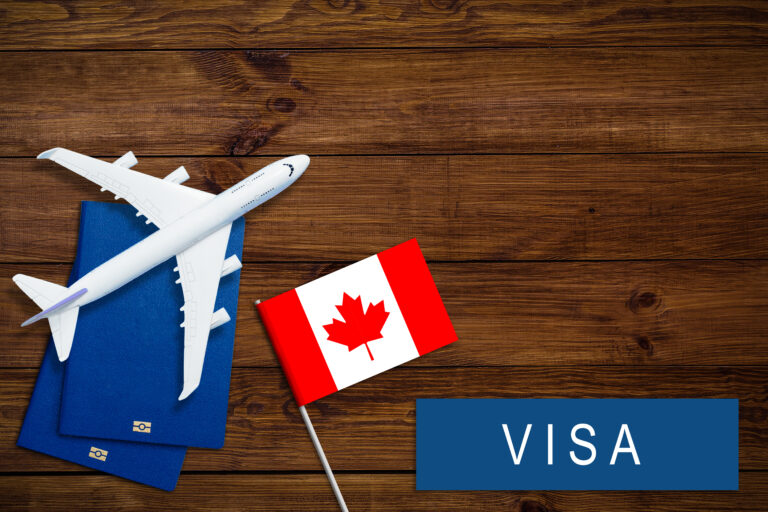The University of Prince Edward Island might need to work harder to maintain its international student population after Canada’s cap on study permit applications, its interim president says.
Although the Atlantic Canadian province of Prince Edward Island’s own data shows it could theoretically see an increase in new international students compared to last year if all those who are allowed to enrol in its post-secondary schools next year do so, not all international students attend all the universities to which they are accepted.
“Both international and Canadian students typically apply and are accepted each year at multiple universities,” UPEI interim president Dr. Greg Keefe reportedly told the CBC. “Last year, UPEI made 3,200 offers to international students, and of those, 675 enrolled. This represents a conversion rate of 21 per cent.
“What this new allocation means is that UPEI will have to develop a process to ensure that we distribute the 1,185 offers as prudently as possible so that a higher percentage of those students actually choose to come to UPEI, and we can maintain our international enrolment numbers.”
In January, Immigration Minister Marc Miller set a cap of only 606,250 study permit applications in the coming year for new international students.
Read More Canada Immigration News
Canada Aims To Improve Lives Of Nurses With New Program
International Student Visa Allowance In Nova Scotia Reduced By A Third
Criticism Mounts Over Quebec Family Immigration Delays
“The intent of these Instructions is to ensure the number of study permit applications accepted into processing by the Department of Citizenship and Immigration … within the scope of the instructions does not exceed 606,250 study permit applications for one year beginning on the date of signature,” the Canada Gazette reported on Feb. 3.
“As stipulated in these Instructions, certain categories of study permit applications are excluded from the conditions set out in these Instructions and the associated application cap established by these Instructions.”
Under that cap, Prince Edward Island is being allowed 2,000 new international students for all its colleges and universities. Advanced Learning Minister Jenn Redmond has reportedly said the University of Prince Edward Island will be able to enroll up to 1,185 international students, Holland College another 710 and the Collège de l’Île 105.
Colleges And Universities Say Study Permit Cap Sends The Wrong Message
Throughout Canada, colleges and universities have expressed concern over the move, saying it sends the wrong signal to international students.
President and CEO of the Canadian Bureau for International Education (CBIE) Larissa Bezo said in a webinar organised by The PIE and Student VIP that the cap on study permits is not the way her organizations would have chosen to proceed to address the housing issue.
The CBIE issued a statement in January expressing concern the cap on the number of international students might have serious unintended consequences.
Watch Video
“This hasty one-size-fits-all solution may jeopardize the benefits of international education that many communities across the country experience and rapidly unravel a strong global Canadian education brand that has taken years to build,” notes the CBIE on its website.
“A 35 per cent reduction in student visas is ultimately a signal to prospective international students around the world that Canada is closing its doors. These measures have the potential to cause irreparable harm to the EduCanada brand, and in a highly-globally competitive market, students may opt to choose other countries instead, well beyond the two-year duration of these measures.”
Five Groups Exempt From International Study Permit Caps
Exempt from this new cap on international study permits are those international students who already have study permits and are seeking to renew them and the family member of a temporary resident who already has either a work or study permit.
Also exempt from the cap on study permits are:
- members of the armed forces of a country under the Visiting Forces Act, including a person who has been designated as a civilian component of those armed forces;
- officers of a foreign governments sent, under exchange agreements between Canada and one or more countries, to take up duties with a federal or provincial agency;
- participants in sports activities or events, in Canada, either as an individual participant or as a member of a foreign-based team or Canadian amateur team;
- employees of foreign news companies reporting on events in Canada;
- people responsible for assisting congregations or groups in the achievement of their spiritual goals and whose main duties are to preach doctrine, perform functions related to gatherings of their congregations or groups or provide spiritual counselling.
The cap on study permit applications is expected to reduce the number of study permits by more than a third, The Globe and Mail has reported.
“The cap is expected to result in approximately 364,000 approved study permits, a decrease of 35 per cent from 2023,” the immigration minister has reportedly said. “In the spirit of fairness, we are also allocating the cap space by province, based on population.”


